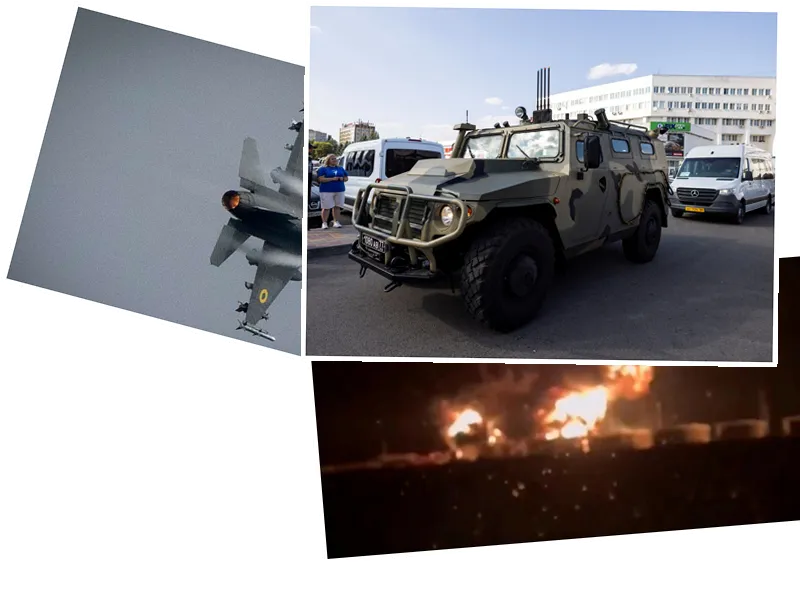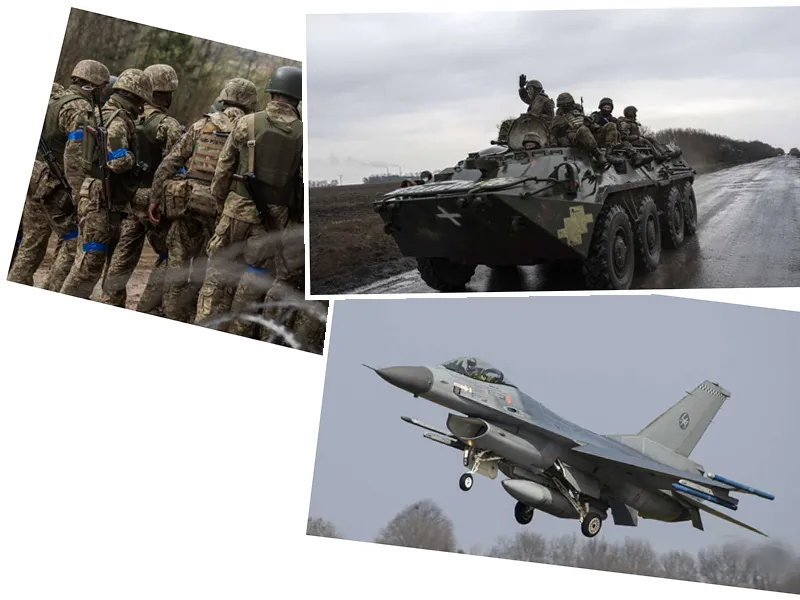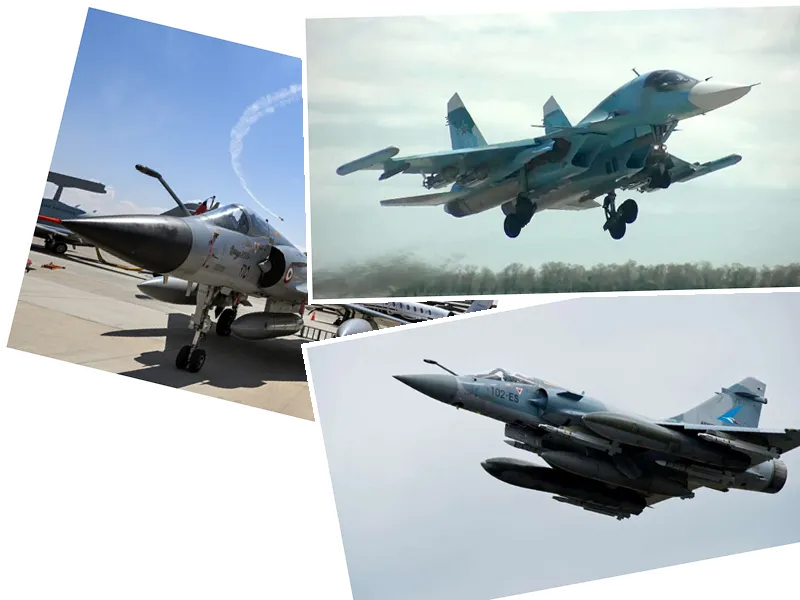The ongoing conflict between Ukraine and Russia has seen significant developments, particularly with the use of F-16 fighter jets by Ukraine as a countermeasure against Russian airstrikes. Despite initial optimism surrounding the F-16s, which were seen as a game-changer for Ukraine, the reality on the ground reveals a stark contrast. As of now, only ten out of the nearly 100 promised F-16 jets have been delivered to Ukraine, limiting their operational capacity. Experts express concerns regarding the slow progress in integrating these advanced aircraft into the Ukrainian military, citing issues such as maintenance demands and a shortage of qualified pilots. While President Volodymyr Zelensky has praised the jets for their performance in repelling recent attacks, the challenges remain significant, with fears that Russian forces may soon target these valuable assets.
In parallel, a Ukrainian drone attack on a fuel depot in Russia's Rostov region has further escalated tensions. This attack, which resulted in a fire at the depot, is part of Ukraine's broader strategy to retaliate against Russian strikes on its energy infrastructure. The ongoing drone operations signify Ukraine's intent to disrupt Russian logistics and supply lines, even as they face their own challenges on the battlefield.
Moreover, the situation is compounded by concerns regarding the safety of nuclear facilities in the region. The International Atomic Energy Agency (IAEA) has raised alarms about the proximity of the Kursk nuclear power plant to active combat zones, warning that the plant's reactors are vulnerable to potential attacks. The IAEA director general, Rafael Grossi, emphasized the need for heightened preventive measures to avoid a catastrophic incident that could arise from military actions near the facility. As the conflict continues, the interplay between military operations, energy infrastructure, and nuclear safety remains a critical concern for both Ukraine and the international community.
- The integration of F-16 fighter jets into Ukraine's military strategy has been met with both hope and skepticism. While these aircraft are expected to enhance Ukraine's defensive capabilities, the logistical challenges associated with their operation cannot be overlooked. The need for extensive maintenance, coupled with a limited number of trained pilots, poses significant hurdles that could delay their full potential in the ongoing conflict. Additionally, the drone attack on the Rostov fuel depot highlights Ukraine's growing capability to strike deep into Russian territory, a tactic that underscores the war's evolving nature. This retaliatory measure is part of a strategic effort to weaken Russia's military supply chain, showcasing Ukraine's resilience in the face of overwhelming odds. The IAEA's warning regarding the Kursk nuclear power plant adds another layer of complexity to the conflict. With the plant's reactors lacking modern protective structures, any military engagement in the vicinity poses a serious risk of a nuclear incident, which could have dire consequences not only for the region but for global safety. The international community is urged to monitor the situation closely and advocate for measures that ensure the safety of nuclear facilities amidst the ongoing hostilities.






